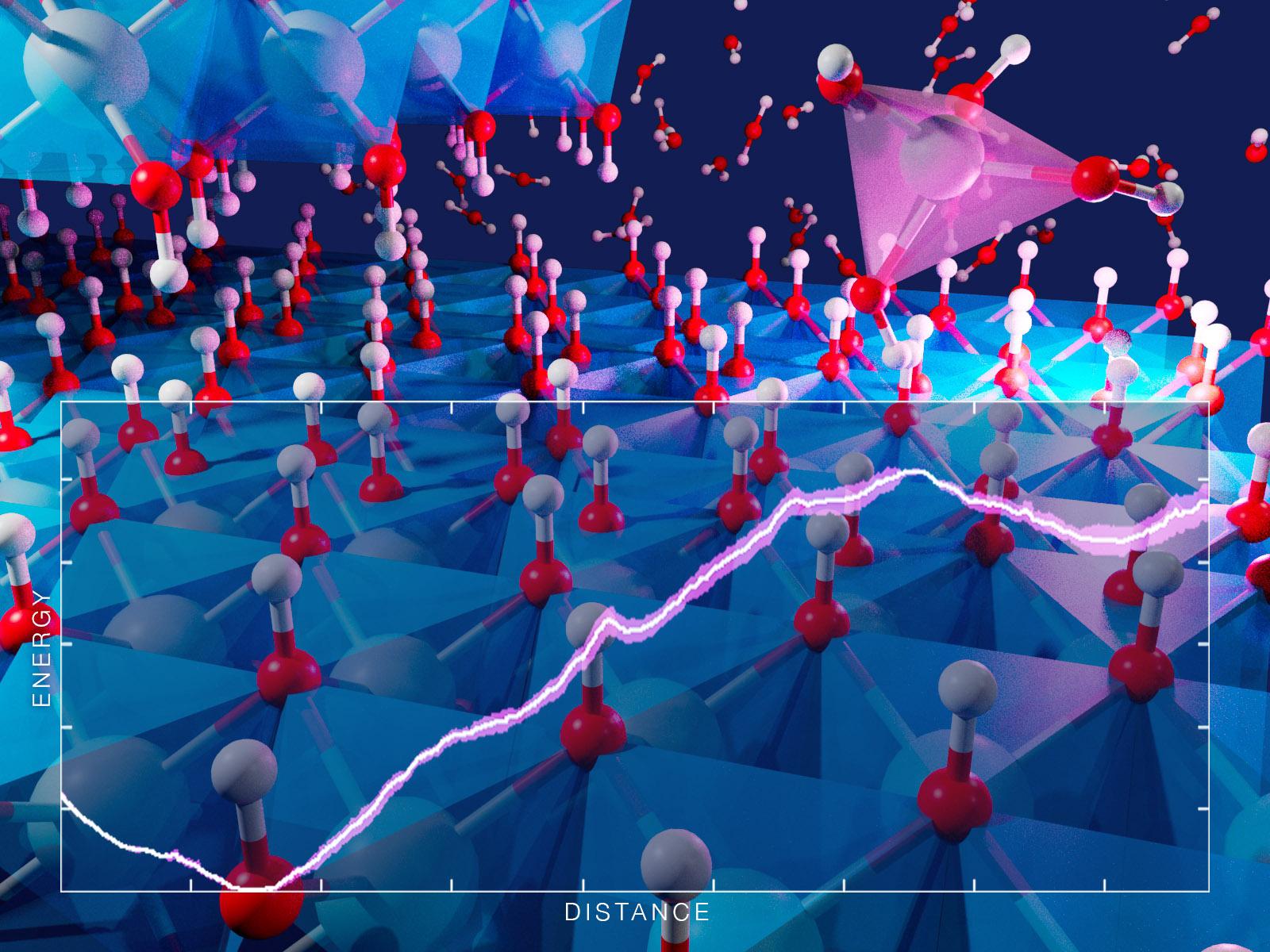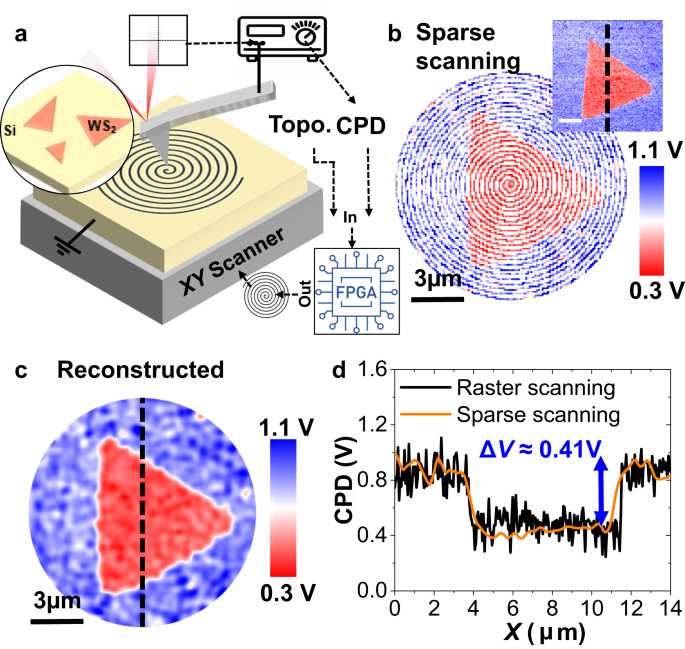2024-02-06 パシフィック・ノースウェスト国立研究所(PNNL)
 Aluminum can detach from the edges of gibbsite via two primary reaction pathways.
Aluminum can detach from the edges of gibbsite via two primary reaction pathways.
(Image by Nathan Johnson | Pacific Northwest National Laboratory)
<関連情報>
- https://www.pnnl.gov/publications/surface-defects-and-ph-alter-gibbsite-dissolution-mechanisms
- https://www.sciencedirect.com/science/article/abs/pii/S0016703723005690
第一原理分子動力学法によるギブサイトステップエッジからの溶解メカニズムの解明 Mechanisms of dissolution from gibbsite step edges elucidated by ab initio molecular dynamics with enhanced sampling
Qing Guo, Maxime Pouvreau, Kevin M. Rosso, Aurora E. Clark
Geochimica et Cosmochimica Acta Available online:14 November 2023
DOI:https://doi.org/10.1016/j.gca.2023.11.007
Abstract
Surface reactions underpin our collective understanding of mineral dissolution. This impacts a range of predictive geochemical models (for weathering, the fate and transport of metals) as well as industrial utilization of minerals. Yet atomistic details are rarely known due to the complex mineral/fluid interfacial environment. There is significant need to understand the mechanistic details of dissolution reactions and how they depend on surface morphology and solution conditions. This work utilizes surface pit models in conjunction with changes to solution composition that mimic pH to explore surface detachment of aluminate from gibbsite, which is a primary source of Al in soils and within the industrial processing of aluminum. Ab initio molecular dynamics simulations with enhanced sampling has been used to explore the detailed process of the detachment, the results of which indicate two potential pathways that are differentiated based upon the extent of water hydration. The heights of the energy barriers depend upon the local morphology which influence the number of bridges (quasi-)simultaneously broken (1 or 2) or the Al-O coordination of the neighboring aluminum atoms (5 or 6) at the armchair edge. pH effects are significant, with a nearly 50% reduction in barrier height under alkaline conditions that are relevant to geothermal fluids and Al extraction from minerals.



